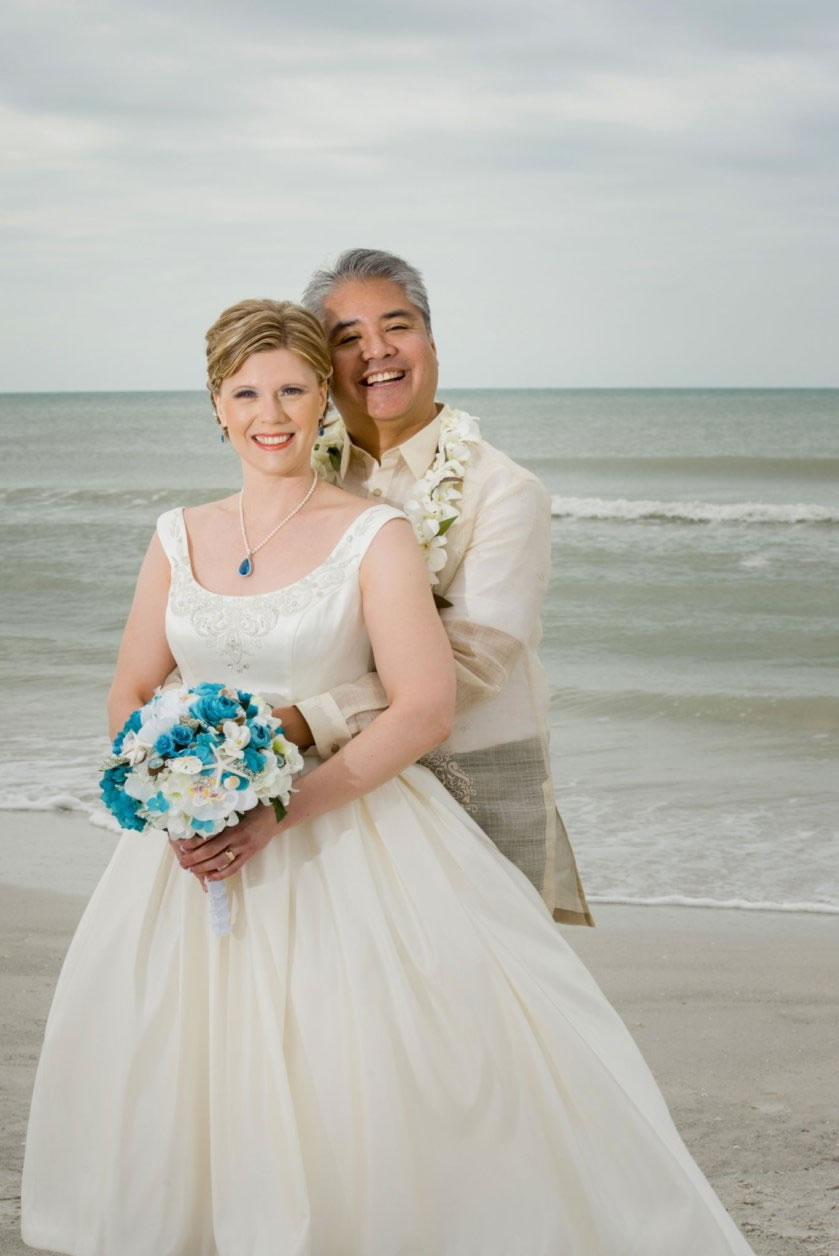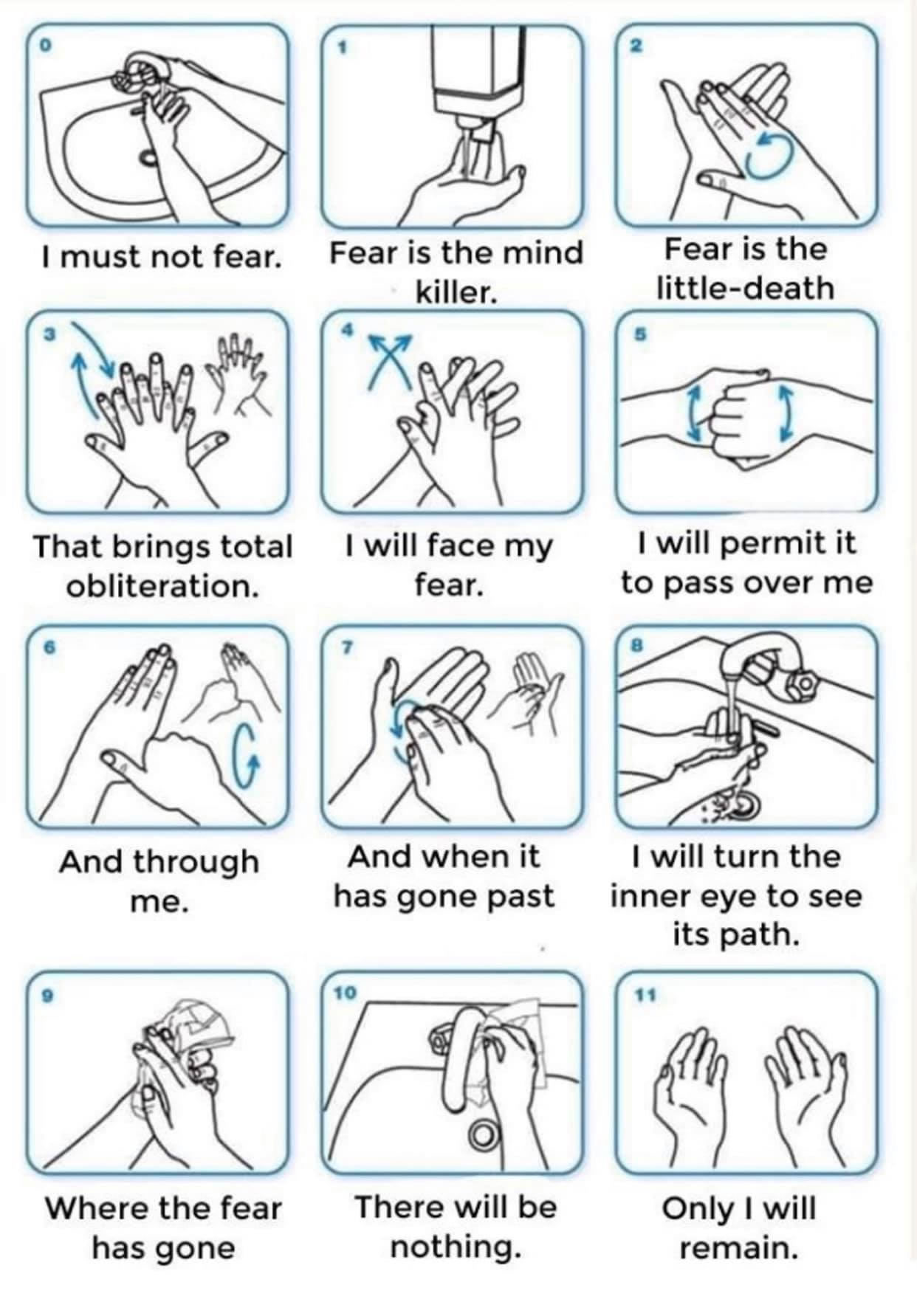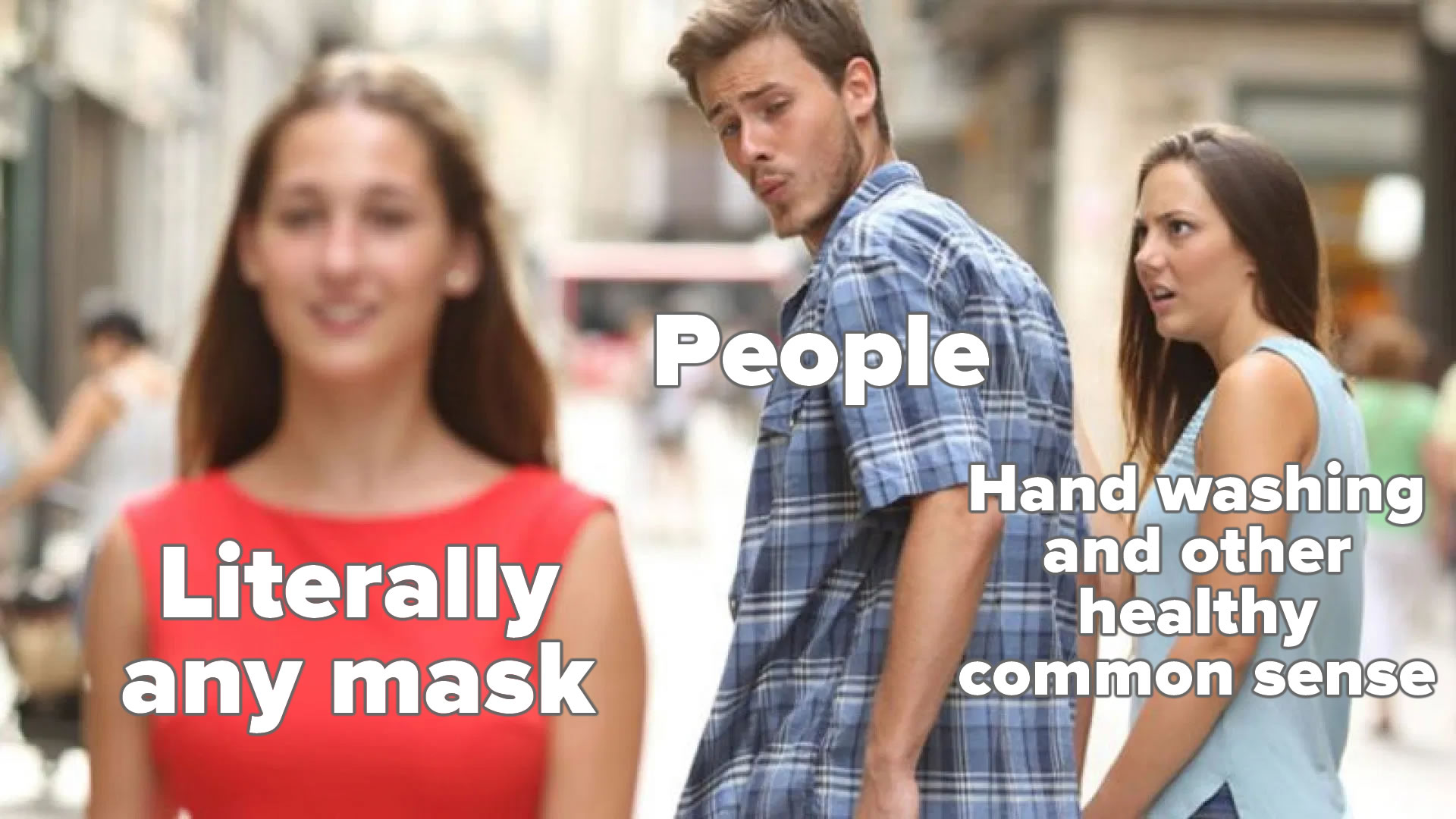Tap the poster to see it at full size.
In the previous post, I suggested that you time washing your hands by reciting the break to the Violent Femmes’ Kiss Off. For those of you who prefer a sci-fi approach, how about the Litany Against Fear from Dune?
Thanks to Trey Steinhoff for the find!

Are you tired of singing Happy Birthday to You to ensure you’re washing your hands for 20 seconds? Want to sing a different, cooler, angstier song? Want to wash for an extra ten seconds?
Just sing the break from Violent Femmes’ Kiss Off. On their eponymous album, this section takes exactly 30 seconds:
I take one, one, one ’cause you left me and
Two, two, two for my family and
Three, three, three for my heartache and
Four, four, four for my headaches and
Five, five, five for my lonely and
Six, six, six for my sorrow and
Seven, seven n-n-n-no tomorrow and
Eight, eight, I forget what eight was for, but
Nine, nine, nine for a lost god, and
Ten, ten, ten, ten for everything! Everything! Everything! Everything!
To slightly twist the lyrics:
You’ll wash your hands, but you won’t mind
You’ll wash your hands, you should do it all the time
Next week’s “New Yorker” cover

The cover for the March 9, 2020 cover of The New Yorker cleverly captures this administration’s image-over-substance approach to the coronavirus situation, from the Soviet-style control over messaging (not to mention putting a guy who made an HIV outbreak worse, not better, in charge) to blaming the media for people’s concerns despite the fact that medical scientists are preparing for outbreaks to focusing on more on rallies than doing their actual jobs.
Meanwhile, in the White House…

Thanks to Stephen Clark for the find!

Thanks to Jenn Noseworthy for the find!


